Shipping quote request
We’ll calculate the shipping price as soon as getting your request.
Shipping quote request
We’ll calculate the shipping price as soon as getting your request.
You May Also Like
Sponsored Products
Black Relax Leather Armchair from Stressless
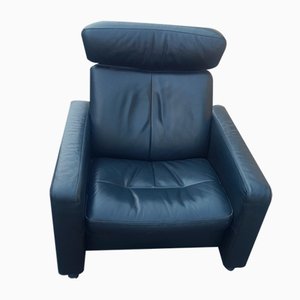
Armchair in Oak by Arne Wahl Iversen for Hans Hansen & Son, Denmark, 1950s
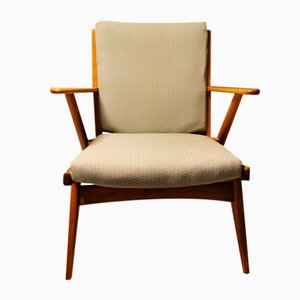
Vintage Bauhaus Tubular Steel and Wood Chairs from Brussel Expo 58, 1958, Set of 2

Emmanuelle Pomare Armchair or Morticias Chair, 1890s
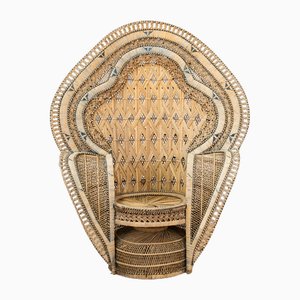
More from this Dealer
Mah Jong Lounge Chair by Hans Hopfer for Roche Bobois, France, 1971
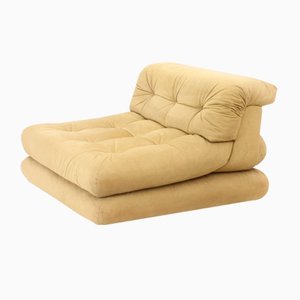
Vintage Italian Murano Vase, 1960s

Sk 660 Armchairs by Pierre Guariche for Steiner, 1953, Set of 2

German Ceiling Lamp by Peill & Putzler, 1970s

Large Cascade Ceiling Lamp by Peter Pelzel for Vistosi, 1960s
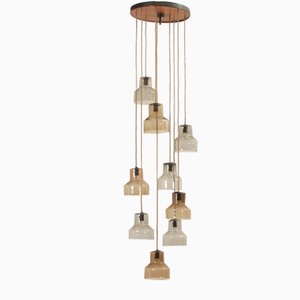
James Rivière, Cubo Di Teo Illuminated Sculpture, 1970s, Acrylic
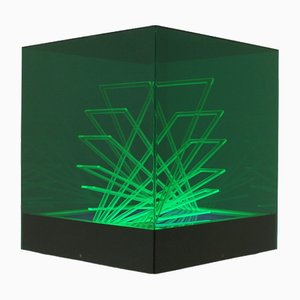
Vases by Fiamma, Italy, 1950s, Set of 6

Vintage Spanish Pendant Lamps, 1960s, Set of 2
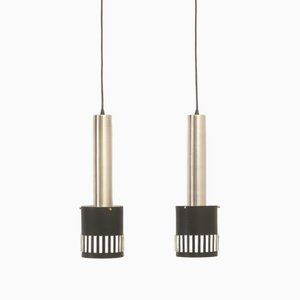
Large Spanish Standing Marble Sculpture by Josep Canals, 1990s
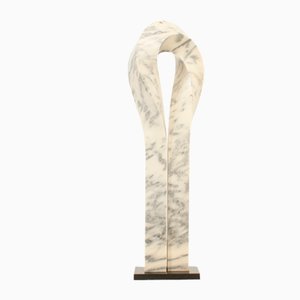
Convival Side Table by Fabrizio Bruno for Klan, 1950s
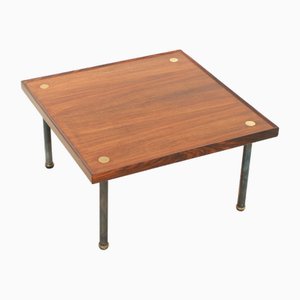
Plywood 3-Seater Bench by Carlo Ratti, Italy, 1950s
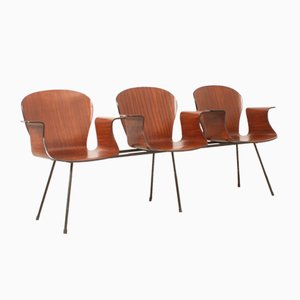
Brass Ceiling Lamp by Valenti, Spain, 1960s
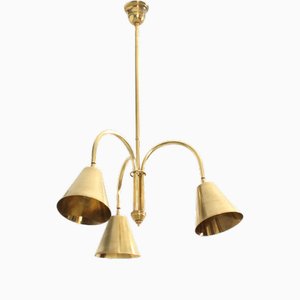
Karate Sofa by Michel Cadestin for Airborne, France, 1970s
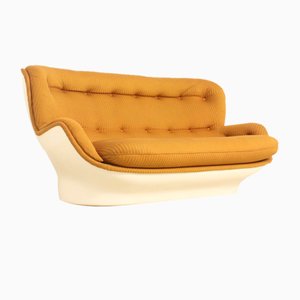
Chest of Drawers by Carl Aage Skov for Munch Møbler, 1957
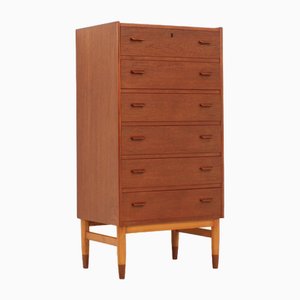
Model FD 130/3 Sofa by Peter Hvidt & Orla Mølgaard-Nielsen for France & Søn, 1960
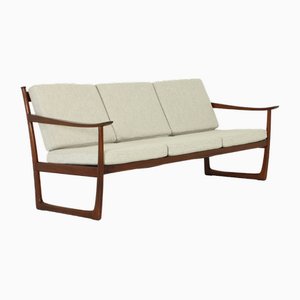
German Ceiling Lamp with Plastic Discs, 1970s
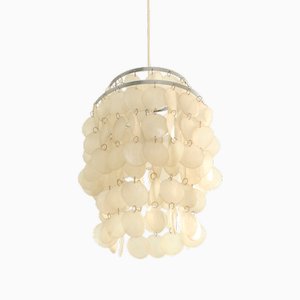
Multicolored Freeform Murano Ashtrays, 1960s, Set of 2
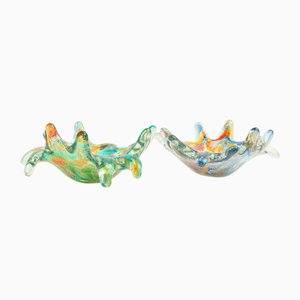
Large Scandinavian Desk, 1970s
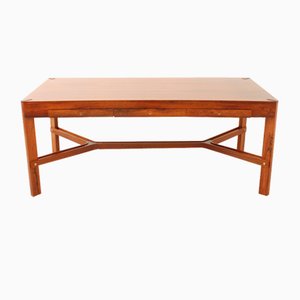
Large Diabolo Sconce by Litecraft, USA, 1950s

Vintage Italian Sconces with Double Rotary Shades, 1950s, Set of 2
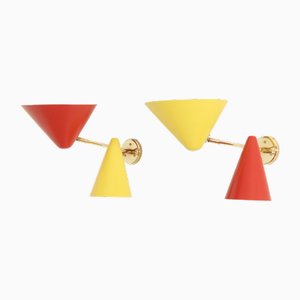
More Products
Get in Touch
Make An Offer
We noticed you are new to Pamono!
Please accept the Terms & Conditions and Privacy Policy
Get in Touch
Make An Offer
Almost There!
To follow your conversation on the platform, please complete the registration. To proceed with your offer on the platform, please complete the registration.Successful
Thanks for your inquiry, someone from our team will be in touch shortly
If you are a Design Professional, please apply here to get the benefits of the Pamono Trade Program